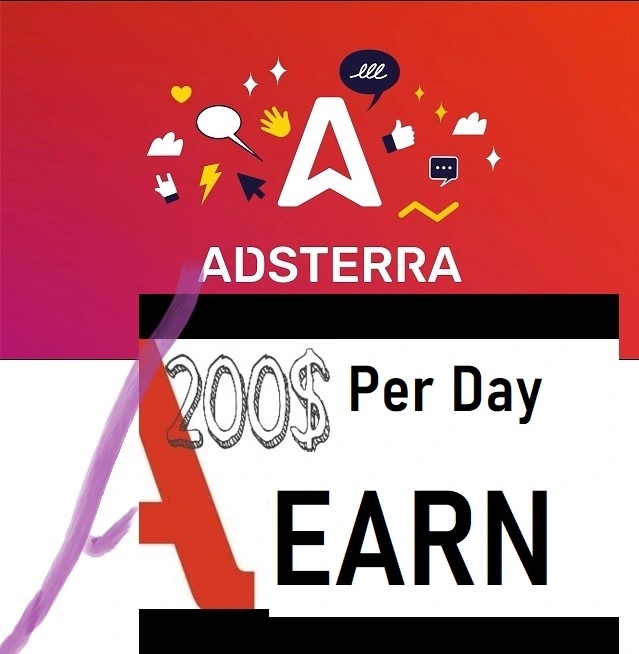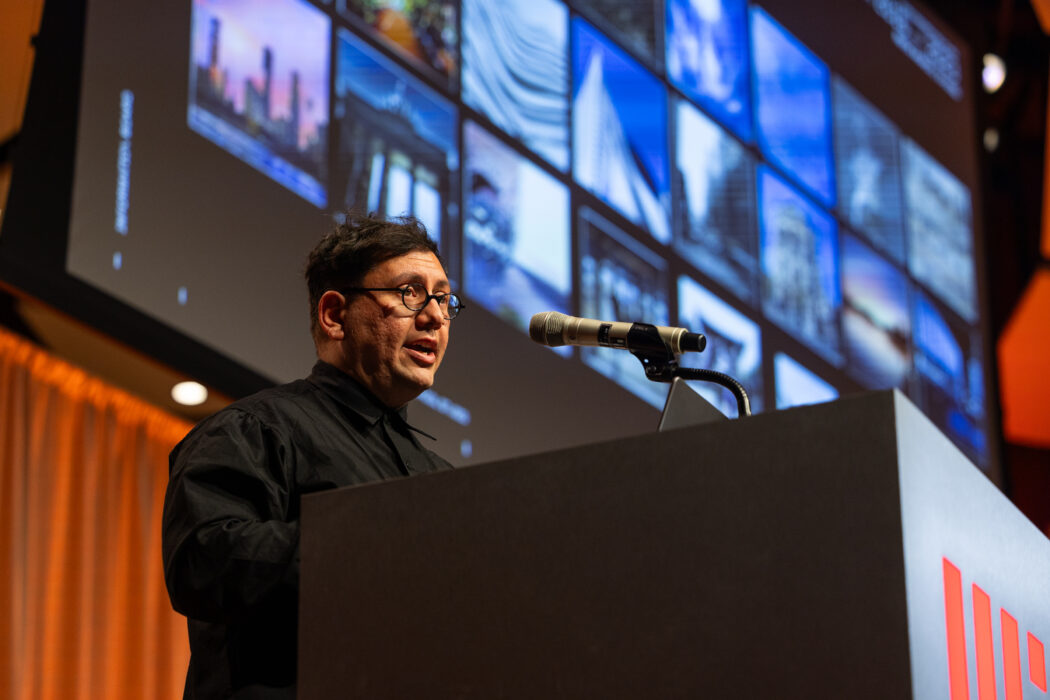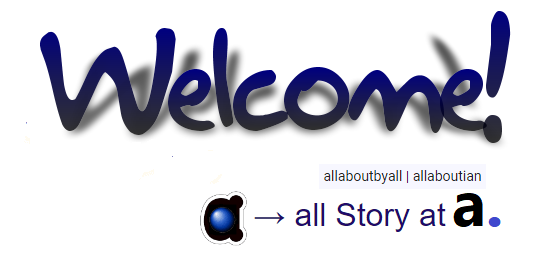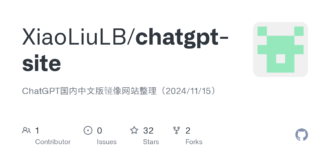
Try Adsterra Earnings, it’s 100% Authentic to make money more and more.

Many people are scrambling to predict how AI will impact society. But living in a world of ubiquitous computing has already changed us in ways we might not fully appreciate. Generative AI-aided art — like all art — can be a powerful tool to visualize those changes, broaden our perceptions, and inspire us all.
That was the message of a keynote talk by artist Refik Anadol on the first day of MIT’s Generative AI Week. Anadol walked the audience through his studio’s body of work, which includes public art displays and other digital creations that visualize human and machine intelligence around the world.
“I’m inspired by the idea of how our perceptions of physical and virtual worlds are transforming us,” Anadol explained to a packed Kresge Auditorium.
The presentation was part of a full day of events that also included panels on generative AI’s potential applications and impact on society, with opening presentations from iRobot founder Rodney Brooks and MIT President Sally Kornbluth. The goal of the week of events is to bring together MIT’s community to spotlight insights from MIT’s researchers, stimulate thoughtful analysis, and engage in critical dialogues on the implications and possibilities of generative AI. Other days feature symposia on generative AI and education, creativity, and commerce.
Anadol’s work uses generative AI-based aesthetics on top of data from things like real-time weather data, changing climates and landscapes, historic architecture, and more. Some of his projects even incorporate AI-generated smells. A growing portion of Anadol’s work uses generative AI to visualize data and the physical world in new ways and change people’s perspectives of their surroundings and themselves. Part of that work leverages hallucinations — or creations by machines that are often a source of frustration for computer scientists.
“It’s really inspiring to see how we can reconstruct this information through AI’s hallucinations to compose a new form of art-making and space-making,” Anadol said.
For one of Anadol’s projects, he combined a dataset of approximately 100 million images of coral reefs with generative AI and visual art techniques to show vibrant, morphing coral images based on actual corals found in nature. The project sought to raise awareness of climate change by emphasizing the importance of coral preservation.
Another project Anadol discussed used real-time climate data in Barcelona to generate an array of digital patterns that were projected onto the famous Casa Batlló created by renowned architect Antoni Gaudí. The display was later sold as a nonfungible digital token, or NFT, with a portion of proceeds donated to institutions that work with neurodiverse adults and children.
“I believe light, data, and AI, when connected, can create a new form of architecture, which I call sensing architecture,” Anadol explained.
A third project was sparked by Anadol’s experience watching his uncle struggle with Alzheimer’s disease. The experience led the artist to consider new ways of visualizing neurological data in a way that provokes fundamental questions about the human brain and mental health. Anadol later received permission from patients to use their datasets, collected by electroencephalogram (EEG) and functional magnetic resonance imaging (fMRI), to create a multisensory, immersive art exhibit and to promote mental health through art.
“Our fundamental goal is to find dreams of reality and concepts of reality,” Anadol said. “It’s about trying to find new ways of speculating, and I think the future of imagination, with neural networks and the integration of materials, [offers] a lot of room for creatives to recombine and explore connections between humanity.”
Through each of the projects, Anadol seeks to enhance our ability to express ourselves and find meaning.
“I believe by using AI, whether generative or otherwise, we have the opportunity to find the language of humanity,” Anadol said.
Speaking in front of a large screen displaying each of the projects, Anadol’s presentation gave the audience vivid examples of how generative AI technology is changing the world of art. Speaking in roundtable discussions after the talk, MIT professors gave more examples of how the technology could transform other fields, from transportation and manufacturing to health care, finance, and music.
One of those presenters was Cathy Wu, an assistant professor in the Department of Civil and Environmental Engineering. Wu described how generative AI could be used to create synthetic data to help prepare self-driving cars for rare events, better model traffic patterns, and improve zoning regulations to ease housing shortages.
In conducting her research, Wu said she was surprised to find so many promising applications for generative AI, and said she’s cautiously optimistic it will contribute to some of the transportation industry’s hardest problems.
“Longstanding issues are longstanding issues, and generative AI by itself will not move the needle, but it adds one very powerful tool to the toolbox,” Wu said. “I’m very encouraged that for some of these challenges, generative AI might just give us the push we need to make an impact.”
Another speaker was Marzyeh Ghassemi, an assistant professor in the Department of Electrical Engineering and Computer Science. Ghassemi showed how some models can perpetuate unequal outcomes by recommending African Americans exhibiting violent behavior be sent to jail while recommending their white counterparts be sent to a hospital.
Still, Ghassemi showed that the way decision makers interact with models ultimately determines if they exacerbate biases.
“Maybe we can get to safe integration [of these tools] without perfect models, as some other industries like aviation have done,” Ghassemi said. “If we want to move forward with AI in health care, we need to recognize that this is an ongoing process and it’s going to require diverse data and [consideration of diverse] needs.”
All of the examples presented in the afternoon described a technology whose ultimate effect on society should be determined by the people it impacts most.
“The impact of bringing generative AI to different fields is captivating,” Anadol said toward the end of his presentation. “By co-creating with musicians, other artists, and the public, there’s a beautiful, positive future to explore.”
Published By







